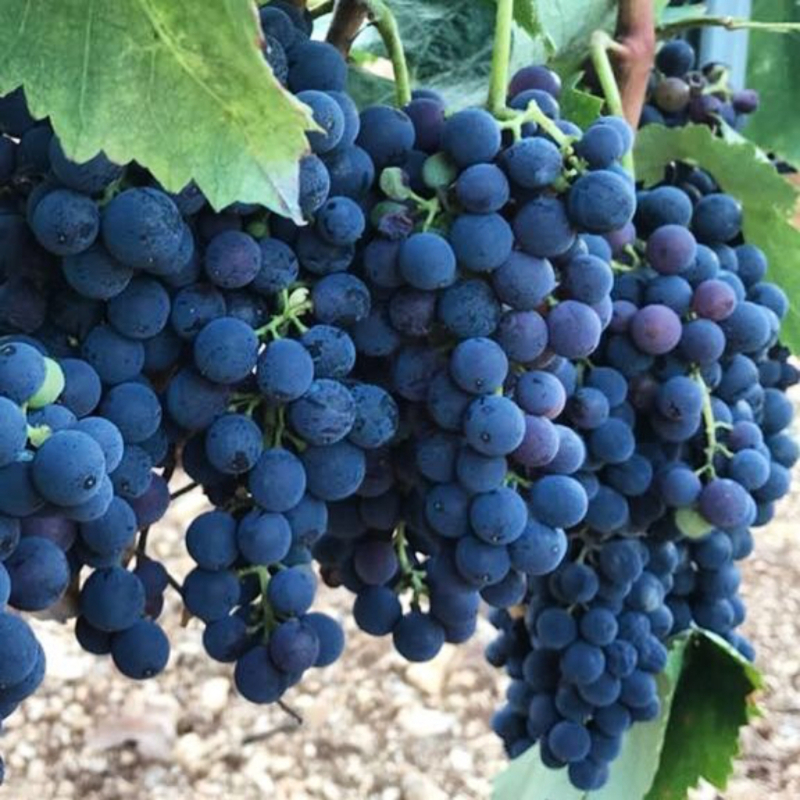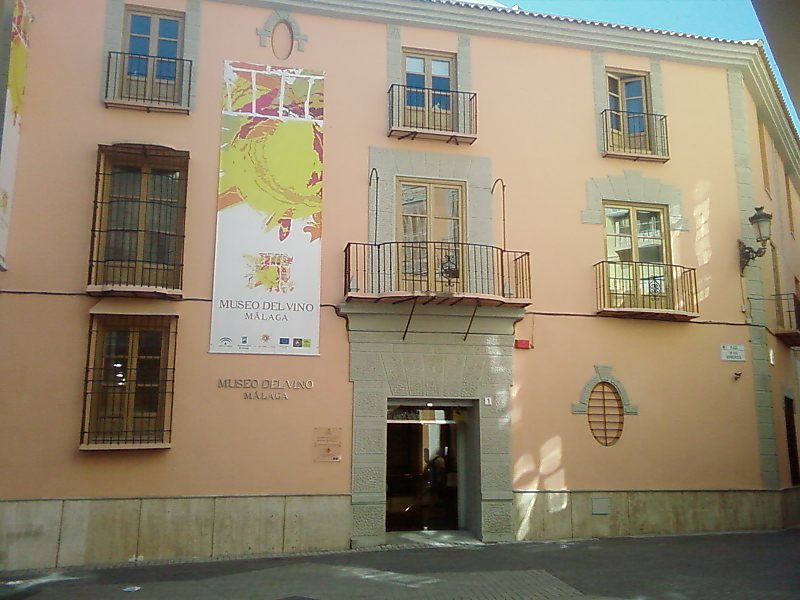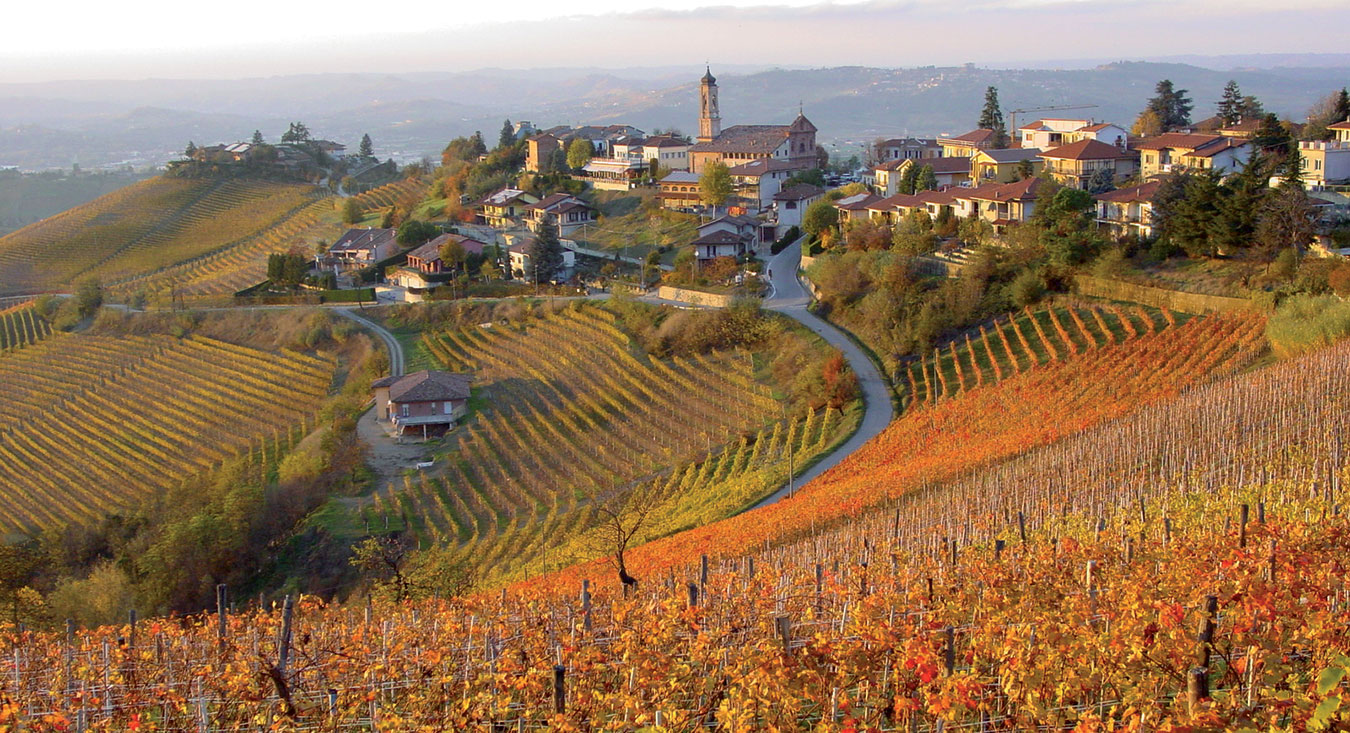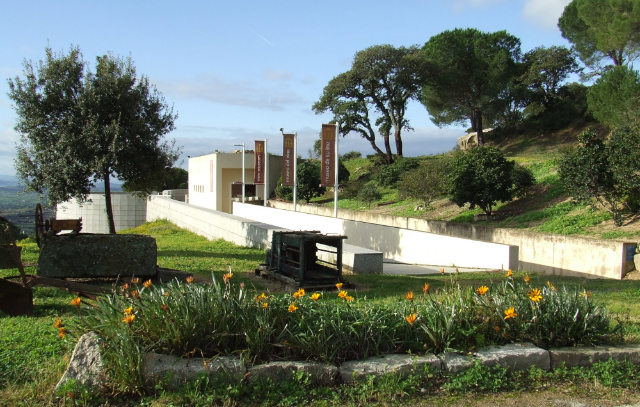Nero di Troia is an autochthonous red berried grape from Puglia, imported in Italy at the time of Greeks. It is cultivated in particular in the Murge area, in Gargano and in the province of Bari. The red wine produced with this grape is one of the most ancient ones of Apulia.
The small village of Troia, located in the province of Foggia, was founded according to the legend by Greek settlers coming from Asia Minor and in particular from the mythological city of Troy. Around this small town has always been cultivated the Uva di Troia, a vine which is characterized by the high presence of tannins in grapes, even though it is mainly cultivated in the coastal area near Barletta. This grape contains a high quantity of polyphenols, which gives a very intense color to the berries, which seem to be black. Hence the name Nero di Troia. Another characteristic of these bunches is the rather late ripening, which usually takes place at the beginning of October.
Although Nero di Troia is one of the historical grape varieties and the third most common red berried in the region, for a long time it has been relegated to a secondary role, and in the last century it was mainly used as a blending wine, in order to "strengthen" with body and color less intense wines. Since the 1990’s it has been promoted as a pure varietal wine as it was discovered the value of wines produced with its grapes. Nero di Troia is used in the production of many wines protected by appellation such as: Castel del Monte Nero di Troia Riserva Docg, Castel del Monte Doc, Tavoliere delle Puglie Doc and Puglia Nero di Troia Igt.Nero di Troia wine has a ruby red color tending to violet. The main characteristic perceived by the palate is the rich and elegant tannins. It has a round and austere personality, with spicy aromas and hints of blackberry and licorice.













